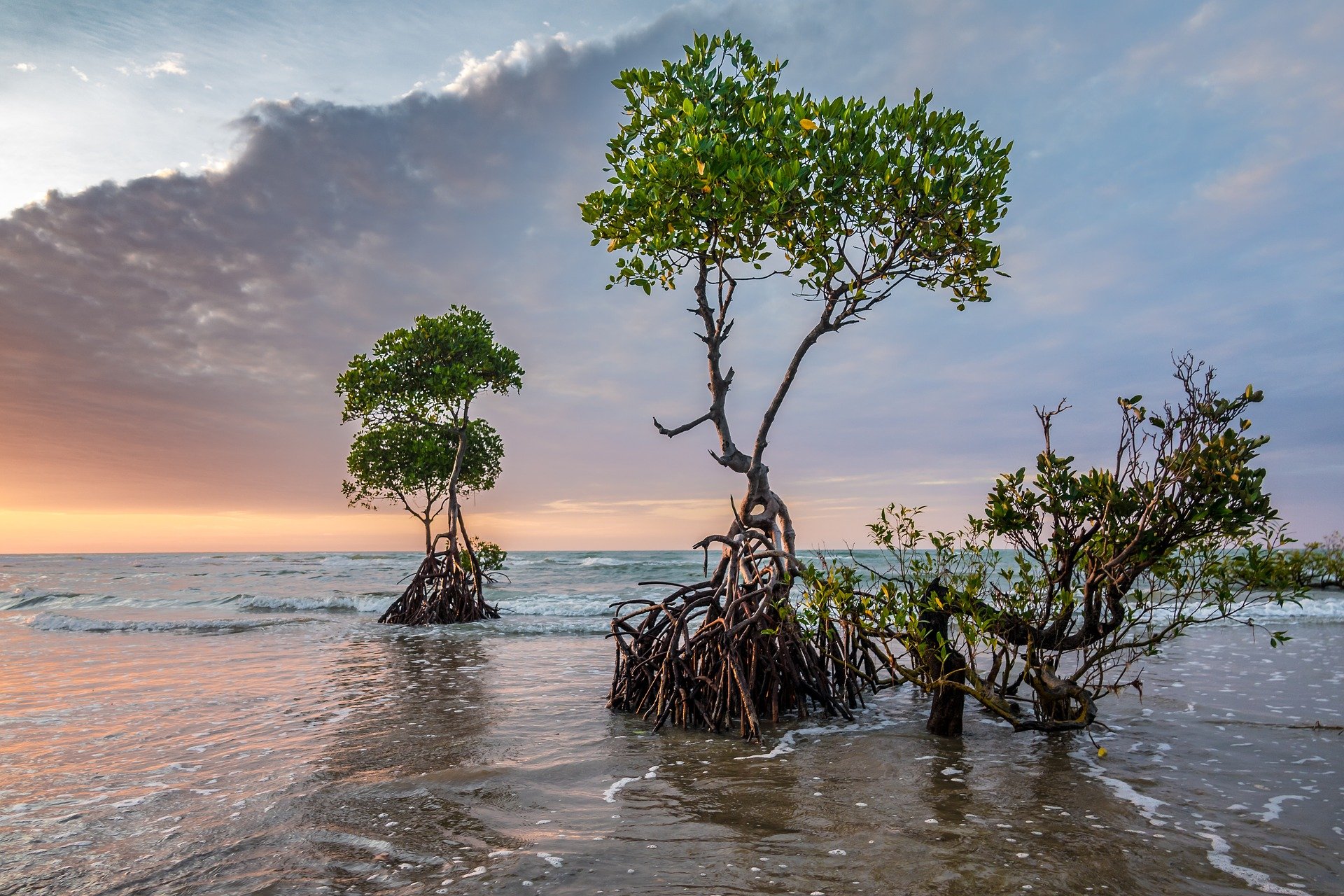Economy

Economy
06 Nov, 2025
Cadiz City’s Avila Mangrove Reserve Honored as Leading Bird Sanctuary in the Philippines
Herminio Cabanlit
The Avila Mangrove Reserve and Migratory Birds Sanctuary (AMRMBS) in Barangay Daga, Cadiz City, Negros Occidental, continues to be a crucial sanctuary for migratory birds and marine biodiversity. Spanning 33 hectares, the reserve recently earned first runner-up recognition at the prestigious Para El Mar Awards held on September 18 in Iloilo City.
Taking the top prize was the Balisungan Marine Protected Area in Coron, Palawan. The Siruma Mangrove Local Conservation Area in Camarines Sur and Bauang Bakawan Eco-Tourism Park in La Union were awarded second and third runners-up, respectively.
Organized biennially by the Marine Protected Areas Support Network, the Para El Mar Awards acknowledge local governments and communities exhibiting exemplary marine resource management, conservation, and protection practices.
Mayor Salvador Escalante Jr. of Cadiz City expressed pride over the accolade, emphasizing the city's dedication to environmental stewardship. He stated, "This recognition offers new hope and inspiration for us Cadizeños to further strengthen our programs and initiatives aimed at preserving our environment and natural resources."
More than a typical mangrove forest, AMRMBS serves as a vital living refuge that supports both human communities and diverse wildlife. Its mature mangrove root systems provide essential habitat for juvenile fish and crabs, while thousands of migratory birds utilize the sanctuary as a critical stopover during their intercontinental journeys.
The sanctuary is a component of Cadiz's wetlands, which are currently under consideration for Ramsar designation — a status identifying wetlands of international importance.
AMRMBS hosts 31 species of mangroves, including the rare and endemic Camptostemon philippinensis (locally known as Gapas-gapas), a symbol representative of Cadiz City. Each year, the sanctuary provides refuge to over 6,000 migratory shorebirds, such as the Great Knot, a species classified as globally threatened.
These rich natural resources position AMRMBS as an indispensable site along the East Asian-Australasian Flyway, a major migratory route supporting international bird conservation efforts.
Recommended For You

Cadiz City’s Avila Mangrove Reserve Honored as Leading Bird Sanctuary in the Philippines
Nov 06, 2025
Herminio Cabanlit

Bacolod City Council Calls for Comprehensive Audit of Government Assets
Nov 06, 2025
Benilda Vergara

Globe Launches SMS Scam Shield to Combat Text-Based Phishing Threats
Nov 06, 2025
Crispina Endaya

Cebu Province Proposes P11.9 Billion Budget for 2026, Marked by Revenue Realism
Nov 06, 2025
Benilda Vergara
